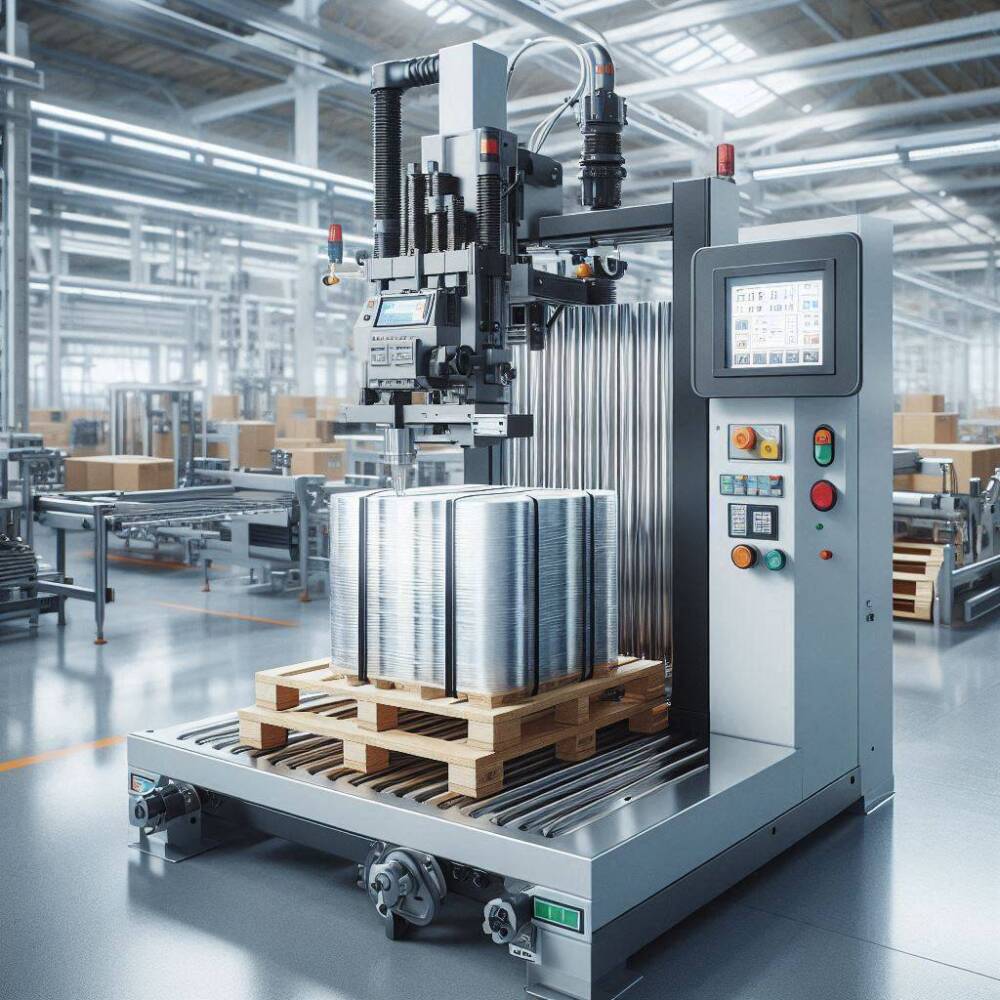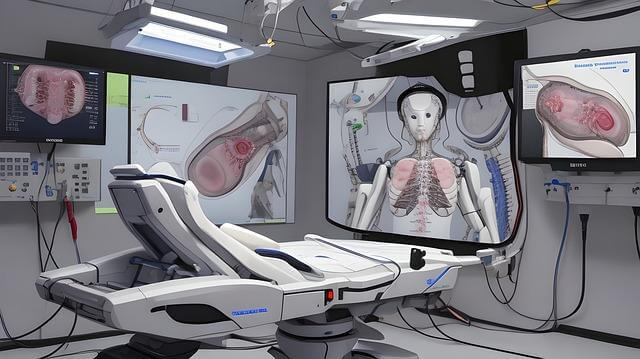Choosing the right pallet wrapping machine for your business can make all the difference in efficiency and cost-effectiveness. With so many options available, it’s easy to feel a bit overwhelmed. But don’t worry, this guide will help you navigate the process with ease.
From understanding the types of machines to assessing your business needs, this guide will cover everything you need to know to make an informed decision. Ready to wrap your head around pallet wrapping machines? Let’s get started!
Understanding the Different Types of Pallet Wrapping Machines
Before diving into specifics, it’s important to know that pallet wrapping machines come in a few different types. Each is suited to different operations and needs, so finding the best pallet wrapping machine depends on your business’s volume, speed, and budget.
1. Manual Pallet
Manual pallet wrapping machines require some level of human interaction to operate. These machines are great for businesses with lower volume or those that don’t need to wrap pallets on a daily basis. It offers control and flexibility, but it can be time-consuming compared to automatic options.
2. Semi-Automatic Pallet Wrapping Machines
Semi-automatic machines still require human intervention but reduce the physical labour involved. You load the pallet, and the machine does most of the work. These machines are ideal for businesses that wrap pallets regularly but don’t have the volume to justify a fully automated system.
3. Automatic Pallet Wrapping Machines
If you deal with high-volume operations, an automatic pallet wrapping machine is your best bet. These machines do everything from loading to wrapping without human intervention, which increases speed and consistency. They’re perfect for large-scale operations but come with a higher price tag.
4. Rotary Arm Wrapping Machines
Rotary arm wrapping machines are designed for unstable or oddly shaped pallets. Instead of the pallet rotating, the arm of the machine wraps the film around the pallet. This is ideal for businesses that deal with irregular loads.
Assessing Your Business Needs
Now that you’re familiar with the types of pallet wrapping machines, it’s time to assess what your business really needs. Choosing the best machine depends largely on a few key factors.
1. Volume of Pallets to Be Wrapped
How many pallets do you need to wrap per day? If you’re wrapping fewer than 20 pallets a day, a manual or semi-automatic machine will likely meet your needs. If you’re dealing with over 50 pallets, an automatic machine might be the way to go.
2. Types of Products
Are your products heavy, light, or oddly shaped? This matters. If you often deal with unstable or uneven loads, a rotary arm wrapping machine might be your best bet. Stable, uniform pallets can be handled by most machine types.
3. Speed Requirements
Do you need to wrap pallets quickly? The speed of your wrapping machine will directly affect your overall efficiency. Manual machines are the slowest, while automatic machines offer the fastest wrapping times. If time is money in your business, consider opting for a faster option.
4. Available Space
How much room do you have for the machine? Automatic pallet wrappers often require more space due to their larger size and additional features. Manual and semi-automatic machines tend to have smaller footprints.
5. Budget
Of course, your budget plays a huge role in deciding which machine is right for you. Manual machines are the most affordable but come with higher labour costs in the long run. Automatic machines have higher upfront costs but pay off in efficiency and time savings.
Key Features to Look For in a Pallet Wrapping Machine
Once you’ve narrowed down your options, there are a few key features to look for that can make your pallet wrapping machine even more effective.
- Film Stretch Capability – A good machine should be able to stretch the film to cover more surface area, reducing your material costs.
- Pre-Stretch Mechanism – Machines with pre-stretch capabilities can stretch the wrapping film before applying it to the pallet, making the wrap tighter and more secure.
- Variable Wrapping Speeds – If you handle a variety of products, having adjustable speeds is crucial. It lets you adapt the wrapping process to different types of loads.
- Turntable Weight Capacity – For heavier loads, you’ll need a machine with a higher turntable weight capacity. Make sure the machine can handle the maximum weight you’ll be wrapping.
- User-Friendly Interface – Choose a machine that’s easy to operate. A complex system might slow you down, so look for something with a simple control panel or even pre-programmed settings.
Maintenance and Longevity
Choosing a pallet wrapping machine is an investment, and like any investment, you want it to last. Before making your purchase, ask about the machine’s maintenance requirements. Machines that are easy to maintain will save you time and money down the road. Additionally, consider the availability of replacement parts and customer service. Some machines may require specific parts that are hard to find, so ensure you can get the support you need if something goes wrong.
Future-Proofing Your Investment
While it’s important to meet your current needs, it’s also wise to think about the future. If your business is growing, you might want to invest in a machine that can handle increased capacity down the line. Look for machines that offer the ability to upgrade or expand so you can avoid buying a whole new system in a few years.
Final Thoughts: Making the Right Decision
Choosing the best pallet wrapping machine for your business isn’t just about picking the latest model or the one with the most features. It’s about understanding your business’s unique needs and finding a machine that fits those needs perfectly. By considering your volume, products, speed requirements, and budget, you’ll be able to make an informed decision that boosts efficiency and saves money in the long run.
MKTPlace is a leading digital and social media platform for traders and investors. MKTPlace offers premiere resources for trading and investing education, digital resources for personal finance, news about IoT, AI, Blockchain, Business, market analysis and education resources and guides.













